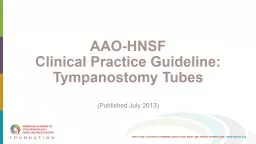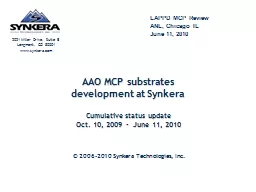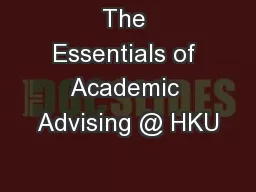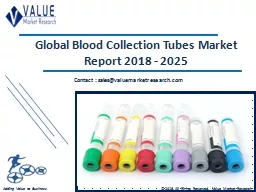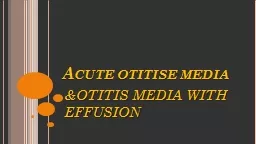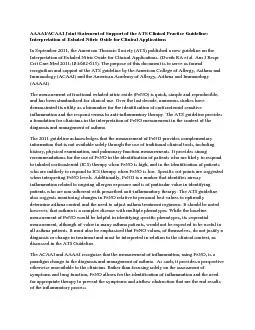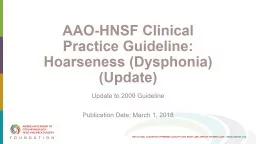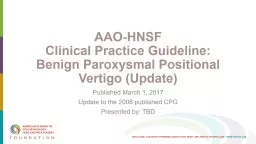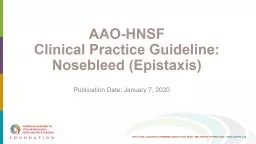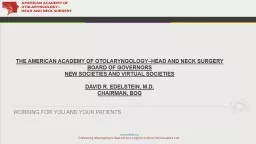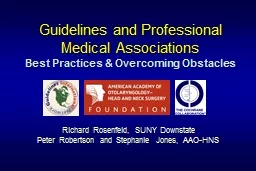PPT-AAO-HNSF Clinical Practice Guideline: Tympanostomy Tubes
Author : pagi | Published Date : 2022-02-10
Published July 2013 Disclaimer The clinical practice guideline is not intended as the sole source of guidance in insertion of tympanostomy tubes Rather it is designed
Presentation Embed Code
Download Presentation
Download Presentation The PPT/PDF document "AAO-HNSF Clinical Practice Guideline: Ty..." is the property of its rightful owner. Permission is granted to download and print the materials on this website for personal, non-commercial use only, and to display it on your personal computer provided you do not modify the materials and that you retain all copyright notices contained in the materials. By downloading content from our website, you accept the terms of this agreement.
AAO-HNSF Clinical Practice Guideline: Tympanostomy Tubes: Transcript
Download Rules Of Document
"AAO-HNSF Clinical Practice Guideline: Tympanostomy Tubes"The content belongs to its owner. You may download and print it for personal use, without modification, and keep all copyright notices. By downloading, you agree to these terms.
Related Documents

